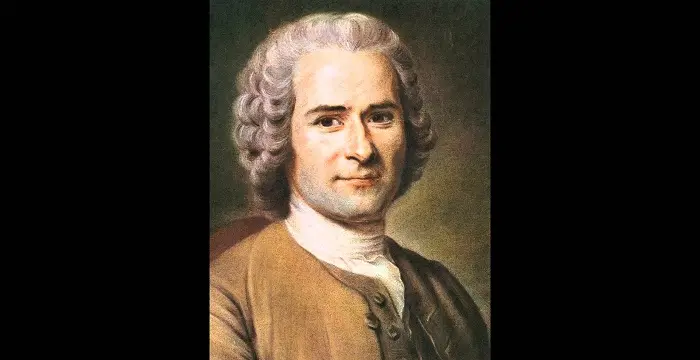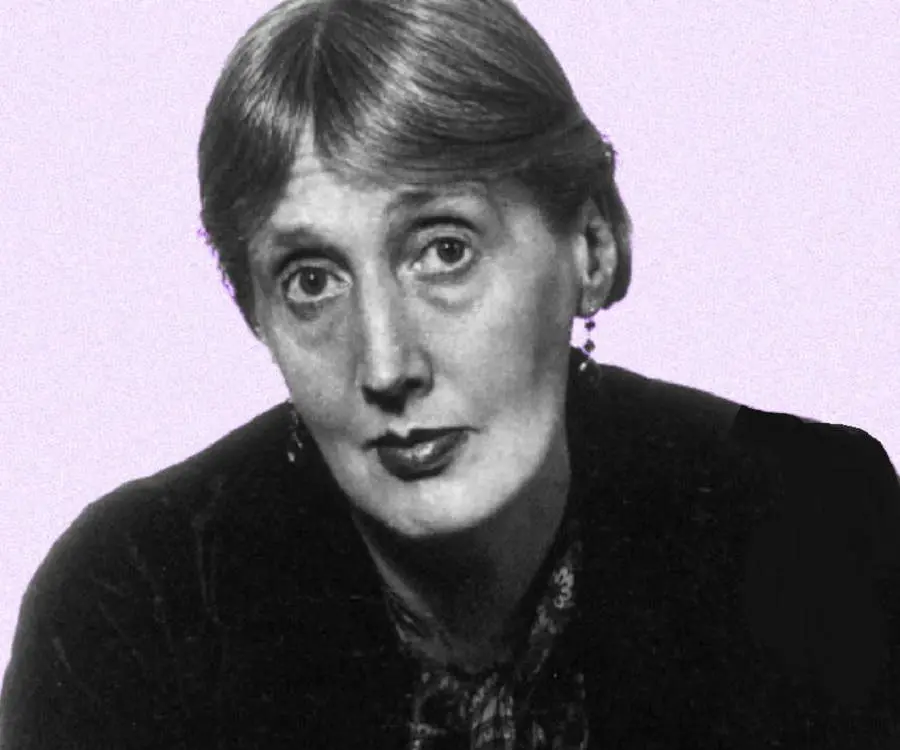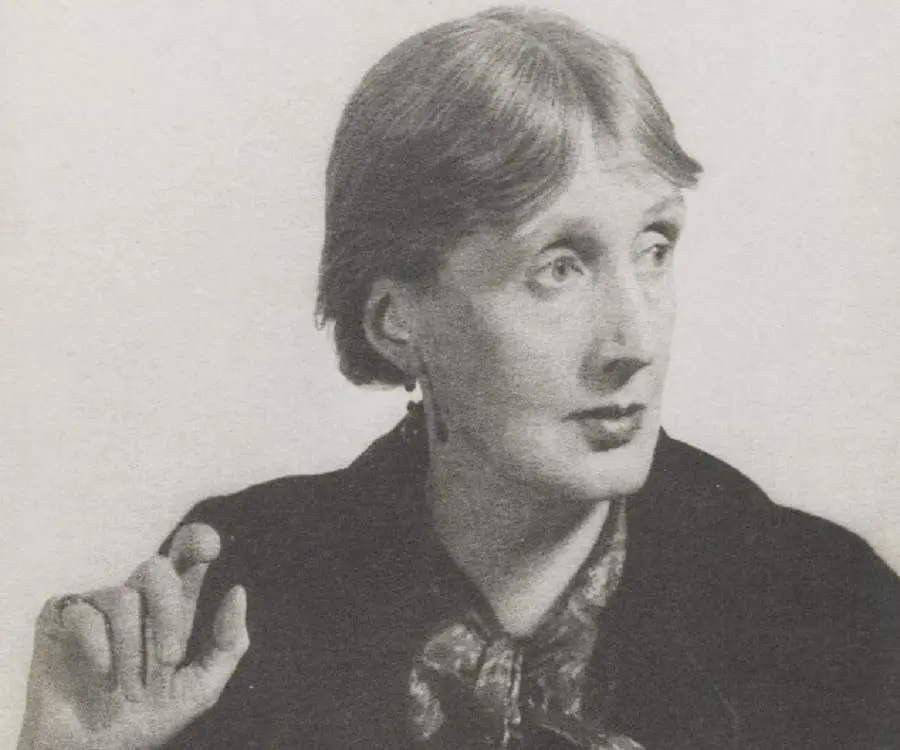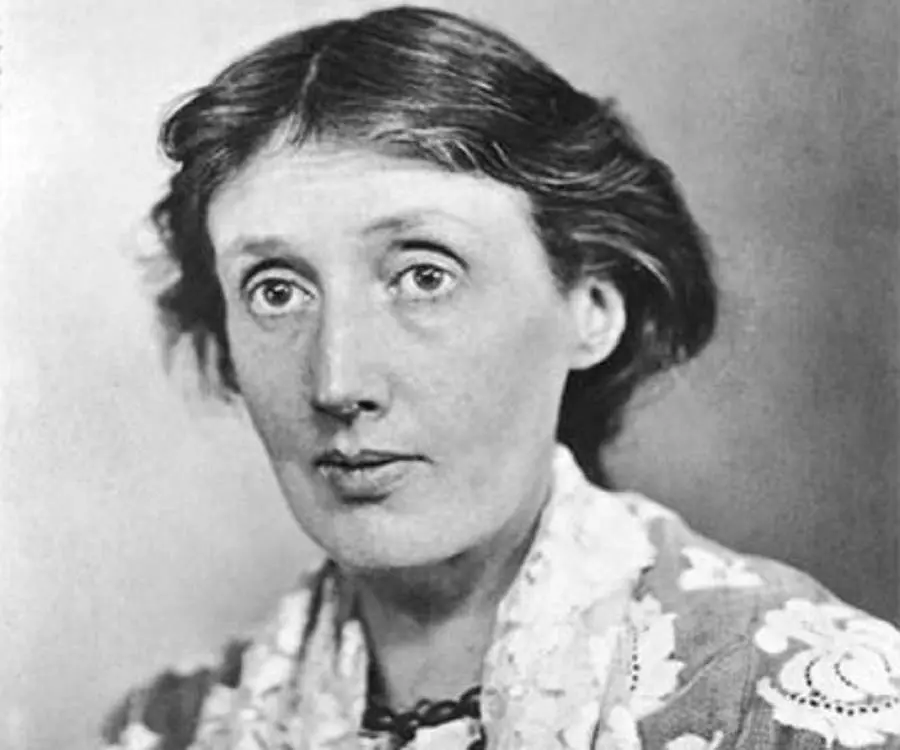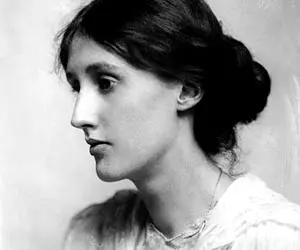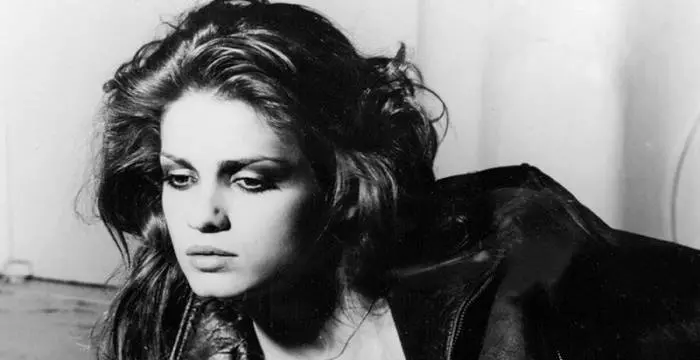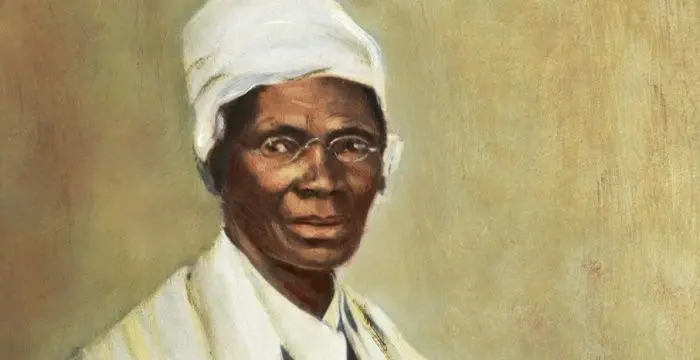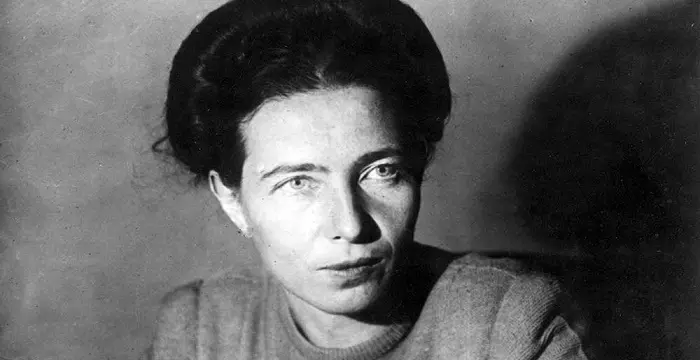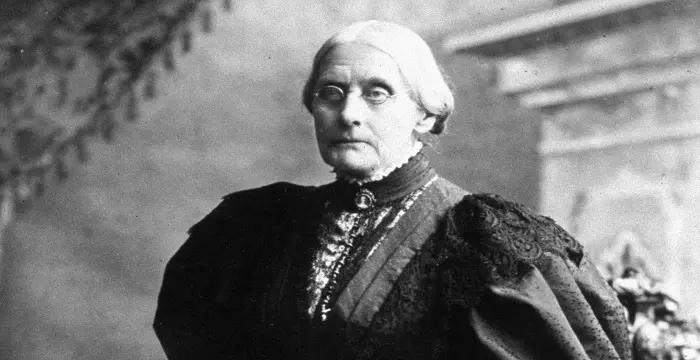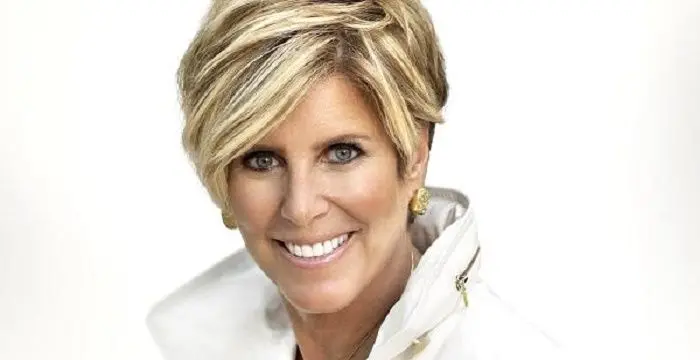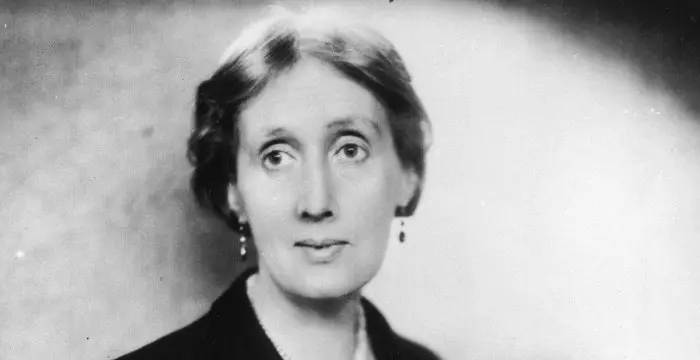
Virginia Woolf - Novelists, Family and Life
Virginia Woolf's Personal Details
Virginia Woolf was an English author and novelist who wrote modernist classics
| Information | Detail |
|---|---|
| Birthday | January 25, 1882 |
| Died on | March 28, 1941 |
| Nationality | British |
| Famous | Feminists, Lesbians, Writers, Novelists, INFP |
| Spouses | Leonard Woolf |
| Siblings | Adrian Stephen, Thoby Stephen, Vanessa Bell |
| Cause of death |
|
| Birth Place | England |
| Gender | Female |
| Father | Sir Leslie Stephen |
| Mother | Julia Prinsep Stephen (née Jackson) |
| Sun Sign | Aquarius |
| Born in | England |
| Famous as | Novelist |
| Died at Age | 59 |
// Famous INFP
Robert Smith
Robert Smith is an English musician and the lead singer of the British rock band, ‘The Cure.’ This biography of Robert Smith gives detailed information on his profile, childhood, life and timeline.
Stephen Colbert
Stephen Colbert is an American comedian and satirist. Read the biography to learn all about his childhood, career, profile and timeline.
Jean-Jacques Rousseau
Jean-Jacques Rousseau was a noted Swiss-born philosopher, writer and composer. Check out this biography to know about his childhood, family life, achievements and other facts about his life.
Virginia Woolf's photo
Who is Virginia Woolf?
Virginia Woolf was an English author and novelist who wrote modernist classics. Not only is she known as a pioneer of modernism, but is also known as the greatest modernist literary personality of the twentieth century. She pioneered feminist texts as well. She is known for works like ‘To the Lighthouse’, ‘Mrs. Dalloway’ and ‘Orlando’ and an essay ‘A Room of One's Own.’ Being an important figure of the Victorian Literary Society, as well as an influential figure of the Bloomsbury group of intellectuals, she was also an innovator of English literature with her experimental language. Her works are considered unique as they go deep into the psychology of a character, and show the way of their thinking. She published novels and essays as a public intellectual, and received both critical and popular success. She used to self-publish most of her works through the Hogarth Press which she had co-founded. Throughout her life, she suffered from mental illnesses, probably including bipolar disorder, and she took her own life in 1941. She was 59. Her posthumous reputation suffered after the Second World War, but it was re-established with the growth of feminist criticism during the 1970s. Woolf’s novels can be described as highly experimental: a narrative, frequently uneventful, and commonplace, is seen to be refracted, or dissolved, in the receptive consciousness of the character.
// Famous Lesbians
Gia Carangi
Gia Carangi was one of the very first supermodels from the USA. Check out this biography to know about her birthday, childhood, family life, achievements and fun facts about her.
Bella Thorne
Bella Thorne is an American actress and singer. Let’s have a look at her personal and family life including age, net worth, relationships and fun facts.
Susan Mikula
Susan Mikula is an American artist and photographer. Check out this biography to know about her childhood, family life, achievements and fun factsabout her life.
Childhood & Early Life
Virginia Woolf was born as Adeline Virginia Stephen into a privileged English family on 25 January 1882. Her parents, Sir Leslie Stephen, an editor and a critic, and Julia Prinsep Stephen, a photographer, were quite freethinking people, who educated her in their own literate and well-connected house. Since both her parents had been previously married, she grew up with several half-siblings.
Because of her father being an editor himself, and having a connection to William Thackeray, she grew up in an environment which had the influence of the Victorian literary society. There was also a library in their house, from which the children were taught classics and English literature. Her brothers were educated at Cambridge and they often used to bring home their Cambridge contacts, which further helped in her intellectual advancement.
Her family made summer migrations from their London townhouse to the Talland House, which was situated on the rugged Cornwall coast. This annual relocation helped structure her childhood in the terms of opposites, as she experienced city and country, winter and summer, repression and freedom, etc.
Her mother passed away in 1895, followed by her sister two years later, which left her in a state of shock. She also lost her father in 1904, which led to her losing her mental stability. It was revealed later, that she also suffered sexual abuse at the hands of her half-brothers which only further added to her trauma.
Career
Virginia Woolf had begun writing professionally in 1900. The first of her writings, which was a journalistic account of a visit to the Bronte family, was published anonymously in a journal in December 1904. She started writing for ‘The Times Literary Supplement’ the following year.
She published her first novel ‘The Voyage Out’ in 1915, though it was originally titled ‘Melymbroisa.’ The book was mostly about the experiences in her own life. She continued writings novels, self-publishing most of them, and slowly she became a famous personality in the Victorian literary society.
In 1928, Virginia Woolf started taking a grassroots approach to inspiring feminism. She started addressing undergraduate women in various colleges. ‘A Room of One’s Own’ and ‘Three Guineas’ were two of her non-fiction works that discuss the hardships that women writers and intellectuals had to go through since it was men who held legal and economic power. She wanted to make people realize the effects of industrialization as well as create awareness about birth control too.
It was during the bombing of London in 1940 and 1941 when she worked on ‘Between the Arts.’ Here, she portrayed war as threatening art and humanity itself. Though she raised several questions in this work, she later felt that her work was of little significance as England seemed on the verge of invasion and civilization about to slide over a cliff. It was such horrors that made her unable to write. She found herself haunted by her fears, which led to her killing herself by drowning in 1941. Her work was published later that year after her death.
With the end of the Second World War, her posthumous popularity suffered. However her works gained popularity again in the 1970s with the advent of feminist criticism. Despite her fame, she earned criticism for being anti-Semitic and for her snobbery—attributes she had herself admitted to in her personal diary.
Major Works
Her first work ‘The Voyage Out’ was published on 26 March 1915 by her half-brother Duckworth’s company. It was written during the periods when she was psychologically vulnerable, and suffered from depression.
In 1981, an alternate version of ‘The Voyage Out’ under its original title of ‘Melymbrosia’ was published by Loise DeSalvo, an American writer, editor and professor. DeSalvo claimed that her work was an attempt to restore the text of the novel as Virginia Woolf had originally conceived it, and contained much more commentary of subjects like homosexuality, women’s issues, and colonialism. Since Woolf had been warned by her colleagues that publishing such an outspoken work would affect her career, the earlier version had been heavily edited.
’To the Lighthouse’ was another one of her important works. It was published in 1927 by the Hogarth Press—which she had co-founded with her husband. What’s unique about this novel was that it contained little dialogue, and almost no action, as most of it was written as thoughts and observations. Childhood emotions were recalled and adult relationships were highlighted. She had begun writing this book as a way of understanding as well as dealing with unresolved issues concerning her parents. That is why similarities with her life can be seen in the book.
’The Waves’ was published in 1931. It was one of her most experimental novels. It consisted of six characters, through which Virginia Woolf explores concepts of individuality, self, and community. It is difficult to assign a genre to this novel, because of its complexity. Even the term ‘novel’ may not describe it in an accurate way because of its complexity. As described in Woolf’s biography, it was less of a novel and more of a ‘playpoem.’ The book was translated by Marguerite Yourcenar in 1937.
'Flush: A Biography’ was published in 1933 by Hogarth Press. The book, which views city life through the eyes of a dog, is a harsh criticism of the unnatural ways in which people live in the city. Woolf’s emotional and philosophical views are verbalized in this book.
Awards & Achievements
Her work ‘To the Lighthouse’ was named No. 15 by the Modern Library in 1998, on its list of the 100 best English language novels of the 20th century. The ‘TIME’ magazine also chose it as one of the best English language novels from 1923 to presentin2005.
Personal Life & Legacy
Virginia Stephen married writer Leonard Woolf in 1912. They shared a close bond and a led a happy married life, which lasted till her death in 1941. The two also collaborated professionally.
She was bisexual and believed in exploring her sexuality. She met the writer and gardener Vita Sackville in 1922, with whom she had a sexual relationship.
Because of the trauma she endured in her childhood, she suffered from mental illnesses for most of her life. Unable to bear it anymore, she committed suicide by filling her pockets with stones and then drowning herself in a river on 28 March 1941. Her body was found on 18 April of the same year. Her husband Leonard buried her cremated remains in the garden of their house in Sussex.
// Famous Feminists
Sojourner Truth
Sojourner truth was an African American abolitionist who was the first black woman to win a case against a white man. This biography provides detailed information about her childhood, life, achievements, works & timeline.
Simone de Beauvoir
Simone de Beauvoir was an eminent French writer, intellectual, activist, and philosopher. This biography profiles her childhood, life, thoughts, achievements and timeline.
Susan B. Anthony
Susan B. Anthony was an American feminist who played a major role in the women's suffrage movement. This biography of Susan B. Anthony provides detailed information about her childhood, life, achievements, works & timeline
Virginia Woolf biography timelines
- // 25th Jan 1882Virginia Woolf was born as Adeline Virginia Stephen into a privileged English family on 25 January 1882. Her parents, Sir Leslie Stephen, an editor and a critic, and Julia Prinsep Stephen, a photographer, were quite freethinking people, who educated her in their own literate and well-connected house. Since both her parents had been previously married, she grew up with several half-siblings.
- // 1904Her mother passed away in 1895, followed by her sister two years later, which left her in a state of shock. She also lost her father in 1904, which led to her losing her mental stability. It was revealed later, that she also suffered sexual abuse at the hands of her half-brothers which only further added to her trauma.
- // 1904Virginia Woolf had begun writing professionally in 1900. The first of her writings, which was a journalistic account of a visit to the Bronte family, was published anonymously in a journal in December 1904. She started writing for ‘The Times Literary Supplement’ the following year.
- // 1912 To 1941Virginia Stephen married writer Leonard Woolf in 1912. They shared a close bond and a led a happy married life, which lasted till her death in 1941. The two also collaborated professionally.
- // 1915She published her first novel ‘The Voyage Out’ in 1915, though it was originally titled ‘Melymbroisa.’ The book was mostly about the experiences in her own life. She continued writings novels, self-publishing most of them, and slowly she became a famous personality in the Victorian literary society.
- // 26th Mar 1915Her first work ‘The Voyage Out’ was published on 26 March 1915 by her half-brother Duckworth’s company. It was written during the periods when she was psychologically vulnerable, and suffered from depression.
- // 1922She was bisexual and believed in exploring her sexuality. She met the writer and gardener Vita Sackville in 1922, with whom she had a sexual relationship.
- // 1927’To the Lighthouse’ was another one of her important works. It was published in 1927 by the Hogarth Press—which she had co-founded with her husband. What’s unique about this novel was that it contained little dialogue, and almost no action, as most of it was written as thoughts and observations. Childhood emotions were recalled and adult relationships were highlighted. She had begun writing this book as a way of understanding as well as dealing with unresolved issues concerning her parents. That is why similarities with her life can be seen in the book.
- // 1928In 1928, Virginia Woolf started taking a grassroots approach to inspiring feminism. She started addressing undergraduate women in various colleges. ‘A Room of One’s Own’ and ‘Three Guineas’ were two of her non-fiction works that discuss the hardships that women writers and intellectuals had to go through since it was men who held legal and economic power. She wanted to make people realize the effects of industrialization as well as create awareness about birth control too.
- // 1931 To 1937’The Waves’ was published in 1931. It was one of her most experimental novels. It consisted of six characters, through which Virginia Woolf explores concepts of individuality, self, and community. It is difficult to assign a genre to this novel, because of its complexity. Even the term ‘novel’ may not describe it in an accurate way because of its complexity. As described in Woolf’s biography, it was less of a novel and more of a ‘playpoem.’ The book was translated by Marguerite Yourcenar in 1937.
- // 1933'Flush: A Biography’ was published in 1933 by Hogarth Press. The book, which views city life through the eyes of a dog, is a harsh criticism of the unnatural ways in which people live in the city. Woolf’s emotional and philosophical views are verbalized in this book.
- // 1940 To 1941It was during the bombing of London in 1940 and 1941 when she worked on ‘Between the Arts.’ Here, she portrayed war as threatening art and humanity itself. Though she raised several questions in this work, she later felt that her work was of little significance as England seemed on the verge of invasion and civilization about to slide over a cliff. It was such horrors that made her unable to write. She found herself haunted by her fears, which led to her killing herself by drowning in 1941. Her work was published later that year after her death.
- // 28th Mar 1941Because of the trauma she endured in her childhood, she suffered from mental illnesses for most of her life. Unable to bear it anymore, she committed suicide by filling her pockets with stones and then drowning herself in a river on 28 March 1941. Her body was found on 18 April of the same year. Her husband Leonard buried her cremated remains in the garden of their house in Sussex.
- // 1981In 1981, an alternate version of ‘The Voyage Out’ under its original title of ‘Melymbrosia’ was published by Loise DeSalvo, an American writer, editor and professor. DeSalvo claimed that her work was an attempt to restore the text of the novel as Virginia Woolf had originally conceived it, and contained much more commentary of subjects like homosexuality, women’s issues, and colonialism. Since Woolf had been warned by her colleagues that publishing such an outspoken work would affect her career, the earlier version had been heavily edited.
// Famous Writers
Joyce Meyer
Joyce Meyer is a Christian author and speaker. This biography provides detailed information about her childhood, life, achievements, works & timeline
Temple Grandin
Temple Grandin is a well-known American writer, autistic activist and animal expert. This biography profiles her childhood, life, achievements, career and timeline
Tennessee Williams
Tennessee Williams was one of the greatest playwrights of the 20th century. This biography of Tennessee Williams provides detailed information about his childhood, life, achievements, works and timeline.
Charles Bukowski
Charles Bukowski was a German-born American novelist, short story writer and poet. With this biography, learn in details about his childhood, life, works, career and timeline
Susan Sontag
Susan Sontag is an American critical essayist, cultural analyst, novelist, political activist, filmmaker and playwright of international repute. Read on to find out more about her childhood, career, profile and timeline.
Suze Orman
Suze Orman is an American television host, financial advisor, author and motivational speaker, famous for her ‘The Suze Orman Show’ on CNBC. This biography profiles her childhood, life, career, works, achievements and timeline.
Virginia Woolf's FAQ
What is Virginia Woolf birthday?
Virginia Woolf was born at 1882-01-25
When was Virginia Woolf died?
Virginia Woolf was died at 1941-03-28
Where was Virginia Woolf died?
Virginia Woolf was died in River Ouse, near Lewes, East Sussex, England
Which age was Virginia Woolf died?
Virginia Woolf was died at age 59
Where is Virginia Woolf's birth place?
Virginia Woolf was born in England
What is Virginia Woolf nationalities?
Virginia Woolf's nationalities is British
Who is Virginia Woolf spouses?
Virginia Woolf's spouses is Leonard Woolf
Who is Virginia Woolf siblings?
Virginia Woolf's siblings is Adrian Stephen, Thoby Stephen, Vanessa Bell
What is Virginia Woolf's cause of dead?
Virginia Woolf dead because of Suicide
Who is Virginia Woolf's father?
Virginia Woolf's father is Sir Leslie Stephen
Who is Virginia Woolf's mother?
Virginia Woolf's mother is Julia Prinsep Stephen (née Jackson)
What is Virginia Woolf's sun sign?
Virginia Woolf is Aquarius
How famous is Virginia Woolf?
Virginia Woolf is famouse as Novelist


